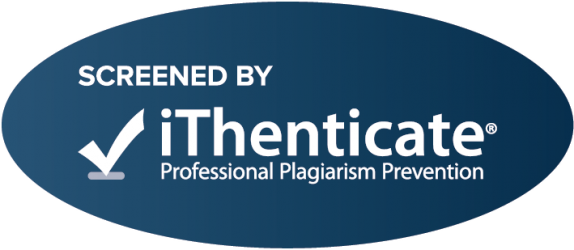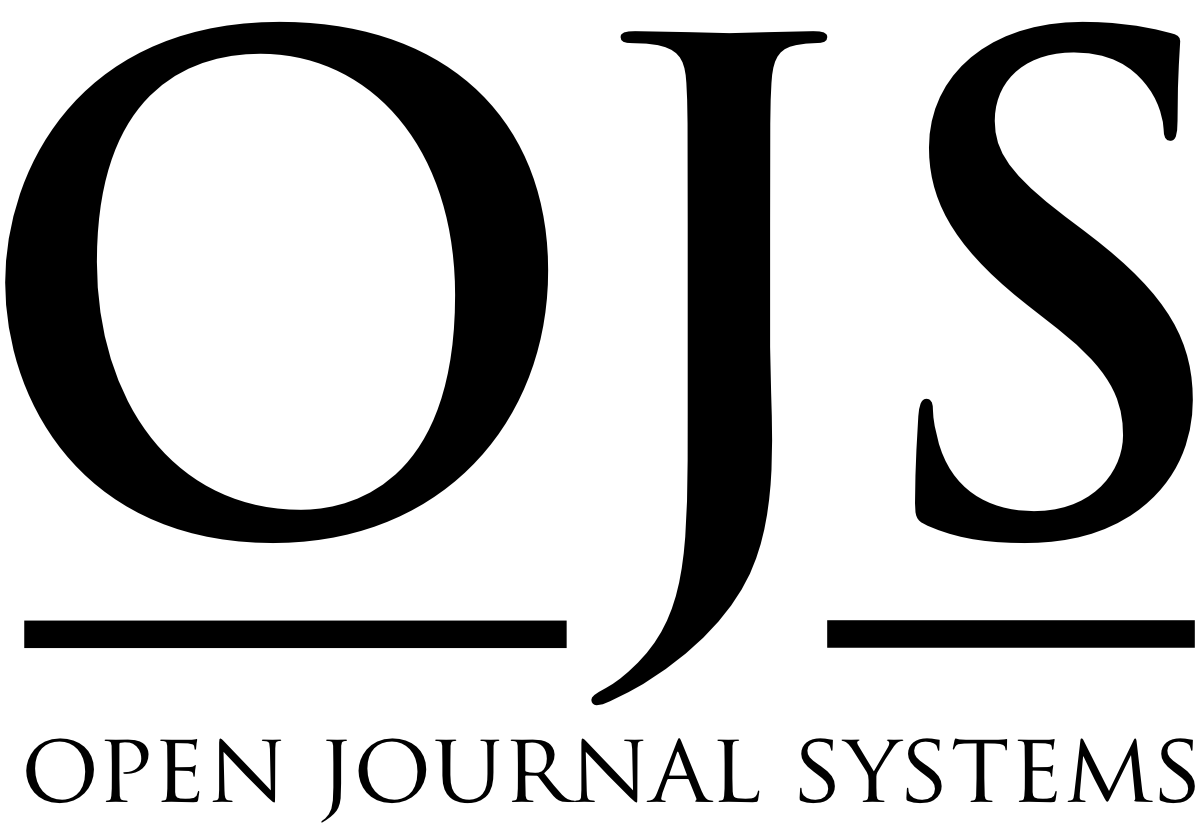Autonomy-Supportive Interventions: Promoting Self-Determined Learning
Keywords:
Self determined learning, supportive intervention, Causal Agency TheoryAbstract
Promoting self-determination enables the implementation of strategies based upon research in positive psychology and strengths-based, positive approaches to disability. This article provides an overview of the self-determination construct and discuss Self-Determination Theory and Causal Agency Theory, theoretical frameworks that inform the development of self-determination and the creation of environments that support self-determination and autonomous motivation. We then provide information about and evidence supporting the implementation of an autonomy-supportive intervention, the Self-Determined Learning Model of Instruction (SDLMI).Downloads
References
Brandtstädter, J. (1998). Action perspectives on human development. In R. M. Lerner (Ed.), Theoretical models of human development: Vol. 1. Handbook of child psychology (5th ed., pp. 807–863). New York: Wiley.
Chapman, M. (1984). Intentional action as a paradigm for developmental psychology: A symposium. Human Development, 27(3–4), 113–144.
Cobb, B., Lehmann, J., Newman-Gonchar, R., & Alwell, M. (2009). Self-determination for students with disabilities: A narrative metasynthesis. Career Development for Exceptional Individuals, 32, 108-114.
Deci, E. L. (2004). Promoting intrinsic motivation and self-determination in people with mental retardation. In H. Switzky, L. Hickson, R. Schalock, & M. L. Wehmeyer, (Eds.) Personality and motivational systems in mental retardation: Vol. 28. International review of research in mental retardation (pp. 1–31). San Diego, CA: Academic Press.
Deci, E.L., & Ryan, R. (1985). Intrinsic motivation and self-determination in human behavior. New York: Plenum Press.
Deci, E. L., & Ryan, R. M. (2002). Handbook of self-determination research. Rochester, NY: University of Rochester Press.
Deci, E. L., & Ryan, R. M. (2012). Motivation, personality, and development within embedded social contexts: An overview of Self-Determination Theory. In R. M. Ryan (Ed.), The Oxford handbook of human motivation (pp. 85-110).
Deci, E. L., & Vansteenkiste, M. (2004). Self-determination theory and basic need satisfaction: Understanding human development in positive psychology. Ricerche di Psichologia, 27, 17-34.
De Naeghel, J., Van Keer, H., & Vanderlinde, R. (2014). Strategies for promoting autonomous reading motivation: A multiple case study research in primary education. Frontline Learning Research, 3, 83-101.
Harter, S. (1999). The construction of the self: A developmental perspective. New York: Guilford.
Hawley, P. H. (1999). The ontogenesis of social dominance: A strategy-based evolutionary perspective. Developmental Review, 19, 91–132.
Hawley, P. H., & Little, T. D. (2002). Evolutionary and developmental perspectives on the agentic self. In D. Cervone & W. Mischel (Eds.), Advances in personality science. New York: Guilford.
Lee, S.H., Wehmeyer, M.L., & Shogren, K.A. (2015). Effect of instruction with the Self- Determined Learning Model of Instruction on students with disabilities: A meta- analysis. Education and Training in Autism and Developmental Disabilities, 50(2), 237-247.
Lee, S.H., Wehmeyer, M.L., Soukup, J.H., & Palmer, S.B. (2010). Impact of curriculum modifications on access to the general education curriculum for students with disabilities. Exceptional Children, 76(2), 213-233.
Little, T. D. (1998). Sociocultural influences on the development of children’s action-control beliefs. In J. Heckhausen & C. S. Dweck (Eds.), Motivation and self-regulation across the life span (pp. 281–315). New York: Cambridge University Press.
Little, T. D., Hawley, P. H., Henrich, C. C., & Marsland, K. (2002). Three views of the agentic self: A developmental synthesis. In E. L. Deci and R. M. Ryan (Eds.), Handbook of self-determination research (pp. 389–404). Rochester, NY: University of Rochester Press.
Little, T. D., Lopez, D. F., & Wanner, B. (2001). Children’s action-control behaviors (Coping): A longitudinal validation of the behavioral inventory of strategic control. Anxiety, Stress, and Coping, 14, 315–336.
Little, T. D., Snyder, C. R., & Wehmeyer, M. (2006). The agentic self: On the nature and origins of personal agency across the lifespan. In. D. K. Mroczek & T. D. Little (Eds.), Handbook of personality development (pp. 61–80). Mahwah, NJ: LEA.
Liu, W.C., Wang, J.C.K., & Ryan, R. (2016). Building autonomous learners: Perspectives from research and practice using Self-Determination Theory. Singapore: Springer.
Reeve, J. (2002). Self-determination theory applied to educational settings. In E.L. Deci & R.M. Ryan (Eds.), Handbook of Self-Determination Research (pp. 183-203). Rochester, NY: Rochester University Press.
Ryan, R. M., Bernstein, J. H., & Brown, K. W. (2010). Weekends, work, and well-being: Psychological need satisfactions and day of the week effects on mood, vitality, and physical symptoms. Journal of Social and Clinical Psychology, 29, 95-122.
Sheldon, K. M., Ryan, R. M., Deci, E. L., & Kasser, T. (2004). The independent effects of goal contents and motives on well-being: It's both what you pursue and why you pursue it. Personality and Social Psychology Bulletin, 30, 475-486.
Shogren, K., Palmer, S., Wehmeyer, M.L., Williams-Diehm, K., & Little, T. (2012). Effect of intervention with the Self-Determined Learning Model of Instruction on access and goal attainment. Remedial and Special Education, 33(5), 320-330.
Shogren, K. A., Plotner, A. J., Palmer, S. B., Wehmeyer, M. L., & Paek, Y. (2014). Impact of the Self-Determined Learning Model of Instruction on teacher perceptions of student capacity and opportunity for self-determination. Education and Training in Autism and Developmental Disabilities, 49(3), 440-448.
Shogren, K.A., Wehmeyer, M.L., Palmer, S.B., Rifenbark, G. & Little, T. (2015). Relationships between self-determination and postschool outcomes for youth with disabilities. Journal of Special Education, 48(4), 256-267.
Shogren, K.A., Wehmeyer, M.L., & Singh, N. (in press). Handbook of positive psychology in intellectual and developmental disabilities: Translating Research into Practice. New York: Springer.
Skinner, E. A. (1995). Perceived control, motivation, and coping. Beverly Hills, CA: Sage.
Skinner, E. A. (1996). A guide to constructs of control. Journal of Personality and Social Psychology, 71(3), 549–570.
Skinner, E. A., & Edge, K. (2002). Self-determination, coping, and development. In E. L. Deci & R. M. Ryan (Eds.), Handbook of self-determination research (pp. 297–338). Rochester, NY: University of Rochester Press.
VandenBos, G. R. (Ed.). (2007). APA dictionary of psychology. Washington, DC: APA.
Vanlede, M., Little, T. D., & Card, N. A. (2006). Action-control beliefs and behaviors as predictors of change in adjustment across the transition to middle school. Anxiety, Stress, and Coping, 19, 111–127.
Vansteenkiste, M., Niemiec, C., & Soenens, B. (2012). The development of the five mini- theories of self-determination theory: An historical overview, emerging trends, and future directions. In T. Urdan & S. Karabenick (Eds.). Advances in motivation and achievement, vol. 16: The decade ahead. UK: Emerald Publishing.
Wehmeyer, M.L. (2013). Handbook of positive psychology and disability. Oxford, UK: Oxford University Press.
Wehmeyer, M., Palmer, S. Garner, N., Lawrence, M., Soukup, J., Shogren, K.A. … Kelly, J. (2009). The Self-Determined Learning Model of Instruction: A teacher’s guide. Lawrence, KS: Author. Accessed online November 28, 2015 at http://www.ric.edu/sherlockcenter/sdlmi/sdlmiteacherguide.pdf.
Wehmeyer, M.L., & Shogren, K.A. (2014). Proposal for handbook on the development of self-determination. Lawrence, KS: Authors.
Wehmeyer, M.L., Shogren, K.A. Little, T.D., & Lopez, S.J. (in press). Handbook of the development of self-determination. New York: Springer.
Wehmeyer, M.L., Shogren, K. A., Palmer, S., Williams-Diehm, K., Little, T., & Boulton, A. (2012). The impact of the Self-Determined Learning Model of Instruction on student self-determination. Exceptional Children, 78, 135-153.
Additional Files
Published
How to Cite
Issue
Section
License

This work is licensed under a Creative Commons Attribution-NonCommercial-NoDerivatives 4.0 International License.










